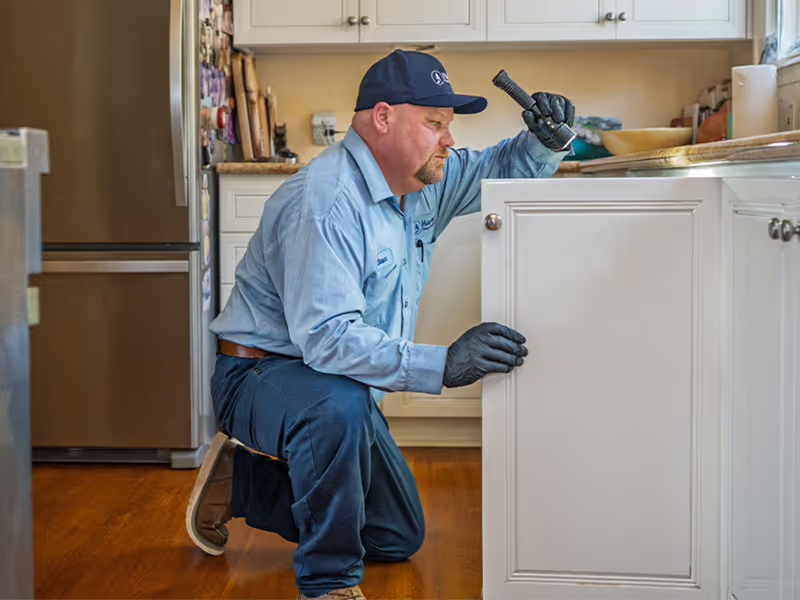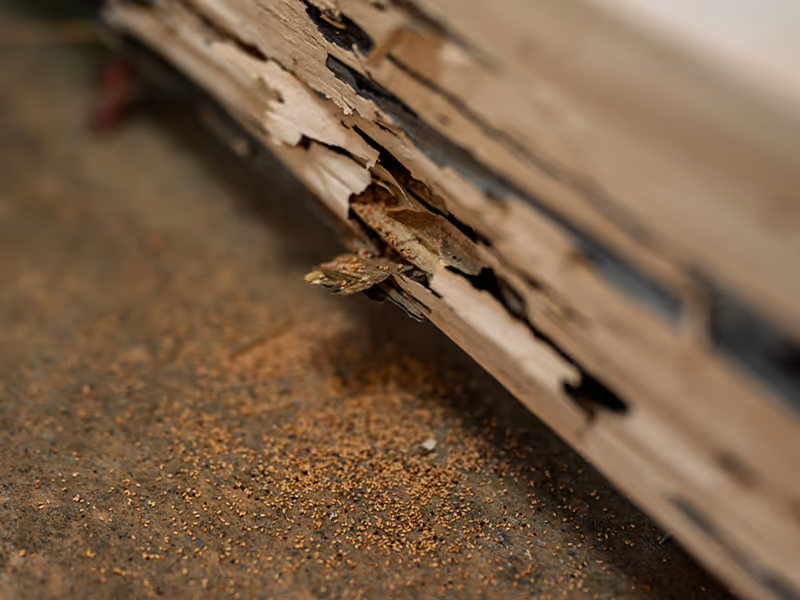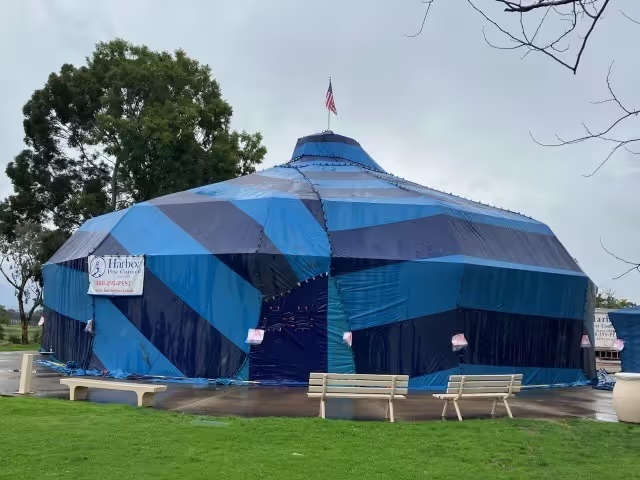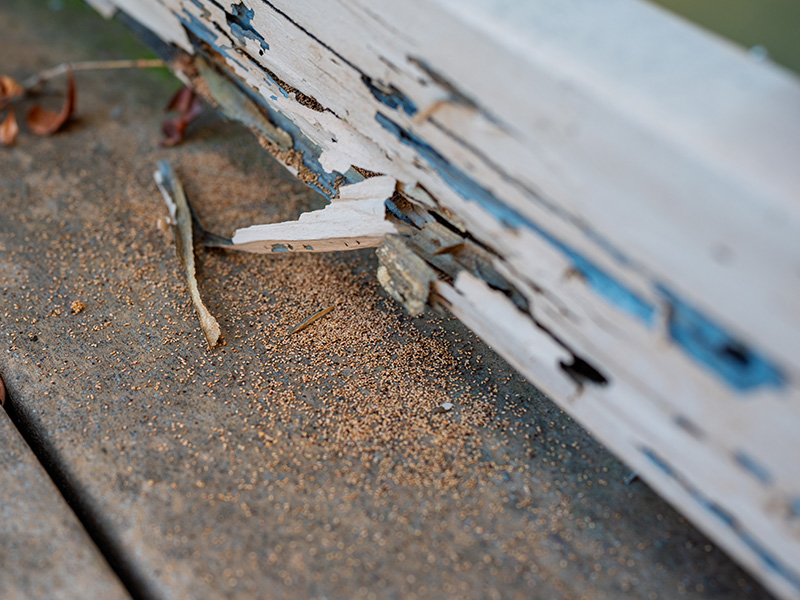Key Takeaways: Subterranean Termites in San Diego
- Subterranean termites are active year-round in San Diego and can infest your home at any time.
- Early detection is critical; the sooner you act, the less damage they cause.
- Common signs include mud tubes, damaged wood, sticky doors/windows, discarded wings, and warped floors or walls.
- Preventive steps can help protect your home, including reducing moisture, repairing leaks, removing wood debris, and conducting routine inspections.
- Professional termite control creates a barrier that eliminates colonies and prevents future infestations.
What Are Subterranean Termites?
San Diego is home to two main types of termites: subterranean termites and drywood termites. While similar in some ways, they differ in habitat and moisture requirements:
- Drywood termites can live entirely in dry wood and need less moisture.
- Subterranean termites require soil moisture and must maintain contact with the ground.
Subterranean termites live in a structured caste system that includes a queen, reproductive termites, worker termites, and soldiers. They build underground nests and forage for food, traveling above ground only through mud tubes for protection.
These termites prefer soft, water-damaged wood but will move on to dry wood if necessary. Infestations often start in small, damp areas of a home and expand into nearby sound wood.
Signs of a Subterranean Termite Infestation
Subterranean termites are secretive, and spotting them isn’t always easy. Often, by the time damage is visible, the infestation is well-established. Still, being aware of these signs can help you catch a problem early:
- Mud tubes: Pencil-width tubes made of soil, wood particles, and termite saliva, often along foundation walls.
- Damaged wood: Hollow-sounding wood when tapped can indicate termite feeding.
- Sticky or hard-to-open windows and doors: Termite damage in wooden casings may make them difficult to operate.
- Discarded wings: After mating flights, reproductive termites shed wings, which are often found near windows in spring.
- Bubbling or peeling paint or wallpaper: Extensive damage may cause surfaces to warp.
- Buckling or bulging floors and ceilings: Warping may indicate that termites are eating the wood beneath.
- Rustling sounds in walls: Large infestations can produce faint noises of termites moving inside walls.
How to Prevent Subterranean Termites
Preventing termites is far easier than repairing the damage they cause. Harbor Pest Control recommends:
- Eliminating wood-to-soil contact, including fence posts.
- Repairing leaks promptly.
- Reducing moisture around your property.
- Replacing water-damaged wood.
- Removing wood debris near your foundation.
- Using non-wood mulch or creating a buffer between the mulch and your home.
- Scheduling routine termite inspections and implementing a termite control plan.
What to Do if You See Signs of Termites
If you notice any signs of subterranean termites, contact Harbor Pest Control immediately. Early intervention limits damage and protects your home. Even if a potential sign turns out to be something else, yearly termite inspections are a smart way to maintain peace of mind.
Harbor Pest Control offers effective termite control services for both active subterranean termite infestations and preventative care. Our treatment creates an invisible barrier around your home, protecting it 24/7. Termites that cross the barrier carry the active ingredient back to their colony, eventually eliminating it.
Protect your home from subterranean termites with Harbor Pest Control’s expert services. Contact us today for inspections and treatment.




















